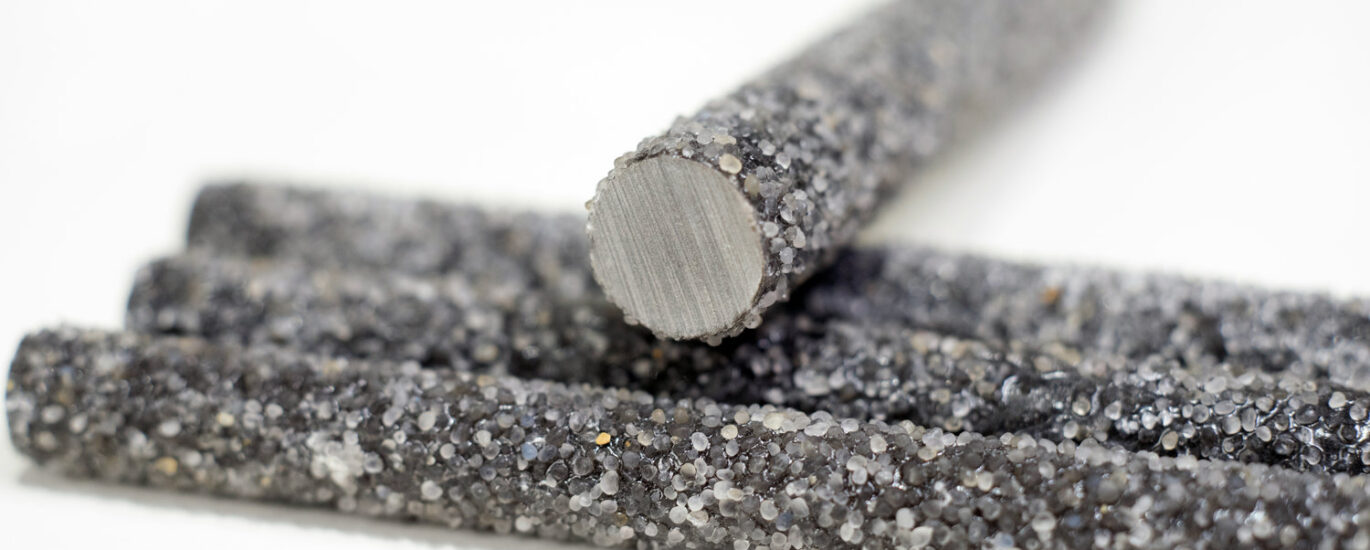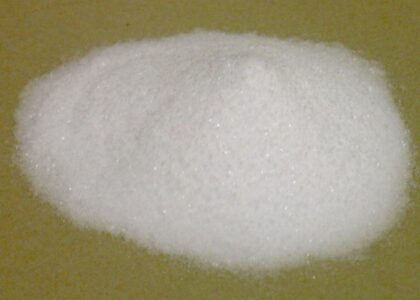The value of the basalt fibre industry is anticipated to reach USD 275.2 million in 2024 and is expected to reach USD 824.8 million by 2034. The forecasted CAGR for the market between 2024 and 2034 is 11.60%. The basalt fibre industry is being propelled forward by the increasing demand for lightweight and high-strength materials across various industries such as automotive, construction, and aerospace is fueling the adoption of basalt fibre. Its remarkable properties, including high tensile strength and resistance to corrosion, make it an attractive alternative to traditional materials like steel and fibreglass.
The growing emphasis on sustainability and environmental concerns is driving the demand for eco-friendly materials like basalt fibre, which is derived from natural volcanic rock. Furthermore, technological advancements in manufacturing processes are enabling the production of basalt fibre at lower costs, making it more accessible to a wider range of applications. Overall, these factors are driving the growth of the basalt fibre industry and positioning it as a promising solution for various industrial needs.
Despite its promising potential, the basalt fibre industry faces several challenges that act as restraints to its growth. One major challenge is the competition from alternative materials such as carbon fiber and fibreglass, which offer similar properties but may be preferred in certain applications due to cost or performance considerations. Moreover, the relatively limited awareness and understanding of basalt fibre among end-users and manufacturers can hinder its adoption and market penetration.
The rising investments in infrastructure development projects, particularly in emerging economies, offer lucrative opportunities for the basalt fibre industry to supply materials for construction, reinforcement, and insulation purposes. Moreover, ongoing research and development efforts aimed at enhancing the properties and applications of basalt fibre open up new avenues for innovation and market expansion.
The basalt fibre industry is witnessing several noteworthy trends that are shaping its trajectory. One prominent trend is the increasing focus on product diversification and customization to meet the specific requirements of different applications and end-users. Manufacturers are investing in developing new variants of basalt fibre with enhanced properties such as improved flexibility, fire resistance, and thermal insulation. Another trend is the growing adoption of automation and advanced manufacturing technologies to streamline production processes and improve efficiency in basalt fibre manufacturing.
There is a rising trend towards collaborations and partnerships between industry players to leverage complementary strengths and expand market reach. Furthermore, the integration of basalt fibre into emerging technologies such as 3D printing and composite materials is opening up innovative possibilities and driving further demand for the material. Overall, these trends underscore the dynamic nature of the basalt fibre industry and its continuous evolution to meet evolving market demands.
“The basalt fibre industry presents numerous opportunities for growth and expansion. One significant opportunity lies in the increasing demand for sustainable and high-performance materials across industries such as transportation, infrastructure, and renewable energy. Basalt fibre, with its eco-friendly nature and superior properties, is well-positioned to capitalize on this trend and capture a larger market share.” Says Nikhil Kaitwade (Associate Vice President at Future Market Insights, Inc.).
To Gain More Insights about this Research, Visit!
Key Takeaways from the Market Study
- In 2024, continuous basalt fibre emerges as the dominant product type, capturing a substantial 63.10% market share.
- The residential and municipal sector claims an impressive 77.40% share of the end-use segment in 2024.
- The United States maintains its presence in the basalt fibre market, boasting a 6.40% CAGR until 2034.
- The United Kingdom stands strong in the basalt fibre market, maintaining a consistent 4.50% CAGR through 2034.
- Japan leads the basalt fibre market with a steady CAGR of 4.80% until 2034.
- China basalt fibre market to rise with an impressive CAGR of 12.90% until 2034.
- India shows promising growth in the basalt fibre market with a stellar CAGR of 17.20% through 2034.
Competition Outlook of the Basalt Fibre Market
The competition outlook for the basalt fibre market is characterized by a mix of factors shaping the industry landscape. As demand for sustainable and high-performance materials continues to rise across various sectors such as construction, automotive, and aerospace, manufacturers are increasingly focusing on innovation and product development to gain a competitive edge. Companies are investing in research and development to enhance the properties of basalt fibre, such as strength, durability, and fire resistance, to meet the evolving needs of end-users. Additionally, strategic partnerships and collaborations are emerging as key strategies to expand market presence and leverage complementary strengths in production, distribution, and technology.
However, the market also faces challenges, including competition from alternative materials, such as carbon fibre and fibreglass, which offer similar properties but may be preferred in certain applications due to cost or performance considerations. Moreover, regulatory standards and certification requirements play a significant role in influencing market dynamics, with compliance often serving as a barrier to entry for new players. In this competitive landscape, companies that can effectively innovate, differentiate their offerings, and navigate regulatory complexities are poised to succeed and capitalize on the growing opportunities in the basalt fibre market.
Recent Developments:
- Basalt Engineering, LLC, based in the United States, received FDOT facility clearance in November 2022, opening the path for the Florida Department of Transportation to incorporate Bastech Basalt FRP materials into key transportation infrastructure projects.
- Basaltex, a basalt fibre product industry leader headquartered in Belgium, has launched a new range of fiber textiles designed specifically for aerospace and automotive applications. The lightweight, high-strength textiles are designed to endure extreme temperatures, meeting the needs of the aerospace and automotive industries.
- In November 2021, Zhejiang Shijin Basalt fibre Co., Ltd. (GBF) announced the development of basalt fibre yarn-wrapped CNG cylinders with GBF brand monofilament diameter 7-micron twist-less roving and a working pressure of ≥ 20MPa, catering to the automotive sector’s demand for advanced materials.
- Mafic USA has begun operations at its cutting-edge basalt fibre manufacturing factory in Shelby, North Carolina, marking the start of North America’s first such facility.
Key Companies in the Market
- ASA.TEC GmbH
- BASALTEX NV
- Technobasalt
- DOSHINE INTERNATIONAL TRADE CO., LTD.
- Zhejiang GBF Basalt Fibre Co, Ltd.
- Sichuan Aerospace Tuoxin Basalt Industries Co. Ltd.
- Togliattiazot
- Shanxi Basalt Fibre Technology Co. Ltd.
- Sudaglass Fibre Technology
- Galen Ltd.
- HG GBF Basalt Fibre Co, Ltd
- Basalt America (Paymeon, Inc.)
- Mineral 7 CJSC
- ARMBAS
- JiangSu TianLong Continuous Basalt Fibre High-tech Co., Ltd.
- Kamenny Vek
- Basalt Fibre & Composite Materials Technology Development Co. Ltd. (BF & CMTD)
Key Segments
By Product Type:
- Continuous Basalt Fibers
- Super Thin Basalt Fibers
- Staple Thin Basalt Fibers
- Basalt Scale & Materials
By Application:
- Composite
- Non Composite
By End-Use Industry:
- Construction
- Mining
- Automotive
- Aerospace
- Residential & Munciple
- Shipbuilding
- Power Generation
- Electric & Electronics
- Wind Turbines
- Others
By Region:
- North America
- Latin America
- Europe
- East Asia
- South Asia
- Oceania
- Middle East and Africa
Read Complete Research: Basalt Fiber Market Set for Explosive Growth, Reaching $824.8 Million by 2034 | Future Market Insights, Inc.
About Future Market Insights (FMI)
Future Market Insights, Inc. (ESOMAR certified, recipient of the Stevie Award, and a member of the Greater New York Chamber of Commerce) offers profound insights into the driving factors that are boosting demand in the market. FMI stands as the leading global provider of market intelligence, advisory services, consulting, and events for the Packaging, Food and Beverage, Consumer Technology, Healthcare, Industrial, and Chemicals markets. With a vast team of over 400 analysts worldwide, FMI provides global, regional, and local expertise on diverse domains and industry trends across more than 110 countries.
Contact Us:
Future Market Insights Inc.
Christiana Corporate, 200 Continental Drive,
Suite 401, Newark, Delaware – 19713, USA
T: +1-845-579-5705
For Sales Enquiries: sales@futuremarketinsights.com
Website: https://www.futuremarketinsights.com
LinkedIn| Twitter| Blogs | YouTube




